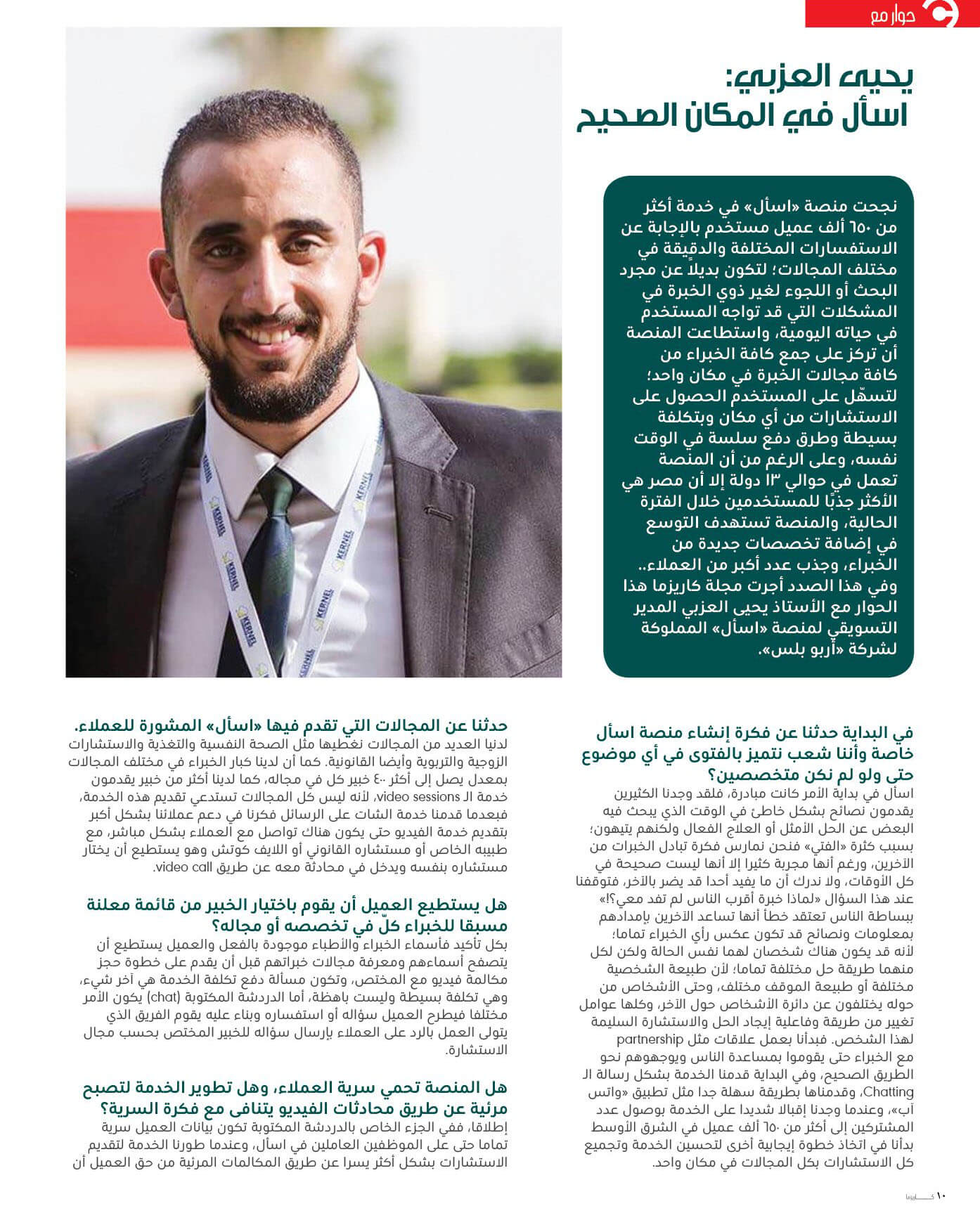
Understanding Seasonal Affective Disorder: Symptoms and Diagnosis
Seasonal Affective Disorder (SAD) is a type of depression that occurs in relation to seasonal changes, typically beginning in the fall and lasting through the winter months. For many individuals, symptoms improve with the arrival of spring and summer. In some cases, however, SAD can manifest during the warmer months, resolving in the fall or winter.
Key Symptoms of SAD
Individuals experiencing SAD may notice a variety of symptoms, including:
1. Persistent feelings of sadness or listlessness throughout most days.
2. A loss of interest in activities that once brought joy.
3. Low energy levels and a sense of sluggishness.
4. Oversleeping or changes in sleep patterns.
5. Increased cravings for carbohydrates, leading to overeating and weight gain.
6. Difficulty concentrating or focusing.
7. Feelings of hopelessness, worthlessness, or guilt.
8. Occasional thoughts of not wanting to live.
Symptom Patterns
Symptoms typically emerge in late fall or early winter, often intensifying as the season progresses. Conversely, some individuals may experience symptoms starting in the spring or summer. Regardless of the onset, symptoms may begin mildly and worsen over time.
Diagnosis of SAD
Diagnosing SAD can be challenging, as its symptoms can overlap with those of other types of depression and mental health disorders. A comprehensive evaluation by a healthcare provider or mental health professional is essential for accurate diagnosis. This evaluation typically includes:
1. Physical Examination: A thorough physical exam and detailed questions about your health history can help identify any underlying physical health issues that may contribute to depressive symptoms.
2. Laboratory Tests: Blood tests, such as a complete blood count (CBC) or thyroid function tests, may be conducted to rule out other health problems.
3. Psychological Assessment: Mental health professionals often use questionnaires and interviews to assess symptoms, thoughts, feelings, and behavioral patterns.
Treatment Options for SAD
Effective treatments for Seasonal Affective Disorder may include light therapy, psychotherapy, and medications. It’s particularly important for individuals with bipolar disorder to inform their healthcare providers about their condition, as some treatments can trigger manic episodes.
1. Light Therapy: Light therapy involves exposure to a special light box that mimics natural sunlight. Patients typically sit near the box for a set period each morning upon waking. This treatment can initiate changes in brain chemicals associated with mood and is often one of the first-line treatments for fall-onset SAD. Many individuals experience relief within a few days to weeks, with minimal side effects.
2. Psychotherapy: Cognitive Behavioral Therapy (CBT) is a common form of psychotherapy used to treat SAD. It focuses on:
- Developing healthy coping strategies, particularly for avoiding negative behaviors and scheduling fulfilling activities.
- Identifying and modifying negative thought patterns that may exacerbate feelings of depression.
- Managing stress effectively.
- Incorporating healthier lifestyle choices, such as increased physical activity and improved sleep hygiene.
3. Medications: For some, antidepressants may be necessary, especially if symptoms are severe. Extended-release bupropion (Wellbutrin XL, Aplenzin) is one option that may help prevent depressive episodes in individuals with a history of SAD. Other antidepressants may also be prescribed based on individual needs.
To sum up, Seasonal Affective Disorder is a significant mental health condition that can disrupt daily life. Understanding the signs, symptoms, and potential treatments is crucial for managing this disorder effectively. If you or someone you know is experiencing symptoms of SAD, seeking professional help can lead to improved well-being and a better quality of life during the challenging winter months.
Get to know more about the Seasonal Affective Disorder (SAD) and its signs and treatments by booking a session with Dr. Tawfik Narouz, Senior Consultant Psychiatrist and the author of the article easily and securely through Esaal from here:
https://esaal.me/en/book-session/dr.-tawfik-narouz-?catid=14




